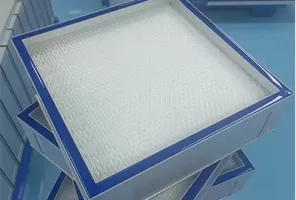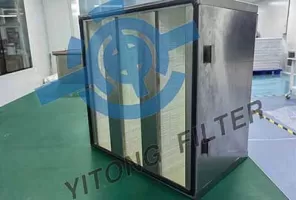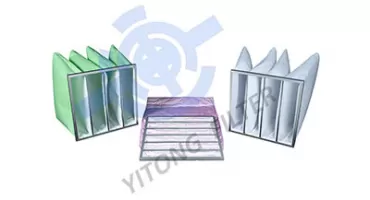 January 26, 2024
January 26, 2024
In the realm of HVAC systems, the choice between HEPA and MERV filters is crucial for maintaining optimal performance and indoor air quality. Both options are designed to trap particles and pollutants, but they differ in their efficiency and application.
HVAC Air Filter Types: HEPA vs. MERV
High-Efficiency Particulate Air (HEPA) filters are renowned for their exceptional ability to capture tiny particles, as small as 0.3 microns. These filters are ideal for environments where the highest air quality is essential, such as hospitals or cleanrooms. However, their dense structure can strain HVAC systems, potentially affecting airflow and efficiency.
Minimum Efficiency Reporting Value (MERV) filters, on the other hand, provide a broader range of options with varying filtration capabilities. MERV ratings range from 1 to 16, with higher numbers indicating superior filtration. MERV filters strike a balance between efficiency and airflow, making them suitable for most residential and commercial HVAC systems.
Choosing the Right Filter for Your HVAC System
When deciding between HEPA and MERV filters, consider the specific needs of your environment. For spaces requiring utmost purity, such as medical facilities or laboratories, HEPA filters may be the preferred choice despite potential impact on airflow.
For most residential and commercial settings, MERV filters offer a practical solution. Selecting the appropriate MERV rating depends on factors like the level of airborne contaminants, HVAC system specifications, and maintenance preferences.
Conclusion: Balancing Efficiency and Functionality
In the HEPA vs. MERV debate, there is no one-size-fits-all answer. HVAC system owners must strike a balance between air quality requirements and system efficiency. Regular maintenance, including filter replacement, is crucial to ensure optimal performance regardless of the chosen filter type.
In conclusion, whether you opt for the precision of HEPA filters or the versatility of MERV filters, a well-informed decision will lead to a healthier indoor environment and a more efficient HVAC system.
 Aug. 27, 2024
Air Filtration in Cleanrooms
Aug. 27, 2024
Air Filtration in Cleanrooms
 Dec. 25, 2024
Box Type HEPA Filter
Dec. 25, 2024
Box Type HEPA Filter
 Aug. 22, 2023
Understanding the Correct Interpretation of Initial Pressure Drop for Pre-Filters
Aug. 22, 2023
Understanding the Correct Interpretation of Initial Pressure Drop for Pre-Filters

